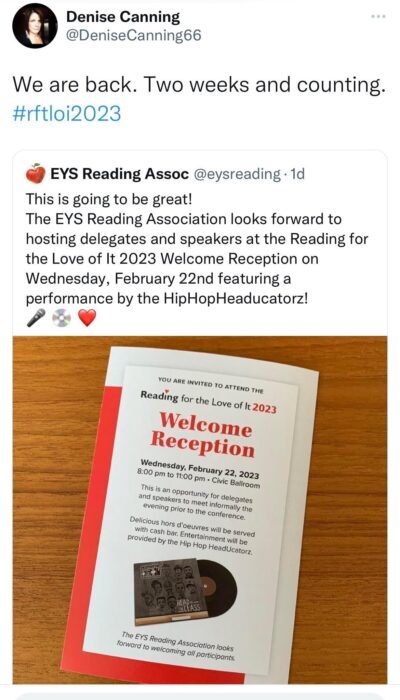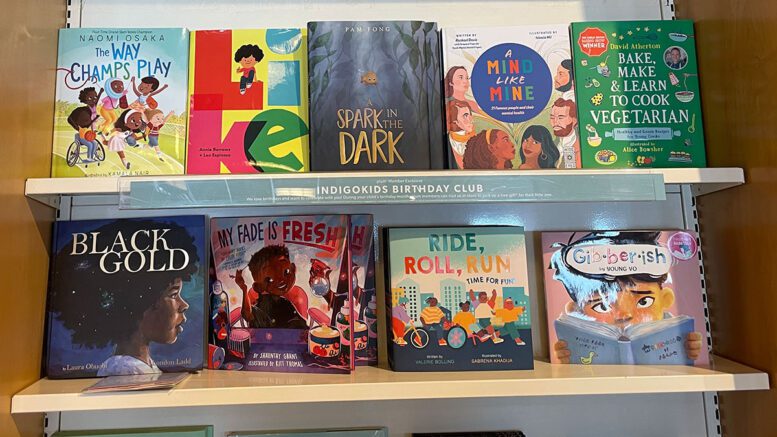Jael Richardson recalls her childhood experience reading books that did not reflect her own experience as a young black person.
“Most of what I consumed in the early years was all white authors and white spaces,” Richardson says.
That is why she is excited about speaking this year at Reading For the Love of It, a conference for literacy experts to inspire educators to make books more inclusive to children and young people in East York and Scarborough.
The event, founded by the East-York Scarborough Reading Association in 1976, is returning after nearly four years to in-person participation on Feb. 23 and 24.
Reading for the Love of It used to be called the East York Scarborough Nation, when it was started by an East York resident and a Scarborough resident, says literacy expert Joan Barrett, executive of the East York-Scarborough association.
“Not only do students and writers come together to discuss their passions for reading, but teachers have an opportunity to workshop and address the changes that need to be made on the school boards for the improvement of literacy,” Barrett says.

“We are at a point where teachers need to learn what are the best practices in literacy education right now, the whole Indigenous truth and reconciliation and Black history,” Barrett says. “We try to make sure we are very diverse in whom we bring to the event.”
Low literacy skills
Forty-eight per cent of adult Canadians have literacy skills that fall below a high school level, which affects their ability to function at work and in their personal lives, according to ABC Life Literacy Canada, a non-profit organization that promotes adult learning.
Greater Toronto welcomed 159,679 immigrants in 2022, up 103 per cent from a year before, said a report by Statistics Canada. One of the concerns is that many children who are growing up without literacy skills are not speaking English at home.
“The average student can learn in the same way. Yes. And that’s where we really need to help teachers know what can I do with those children that don’t fit that little group?” Barrett says.
Half the class reads and writes despite the teacher, but because they come from a home where reading and writing are valued and talked about and people read and talk to them, according to Barrett. However, some children don’t have the same privileges as parents who are native English speakers.
Personal experience
Richardson, co-founder of Brampton’s annual Festival of Literacy Diversity and a keynote speaker for the Reading for the Love of It this year, remembers her excitement reading as a kid.
“I think I was interested in reading stories that excited my imagination when I was younger, where the words were so clear they created new spaces that I hadn’t been to, that I got to think about,” she says.

Her experience with reading books from a young age helped her develop the ability to express herself through writing. Growing up, she didn’t see much representation of the Black community in books, but would create it in her own imagination.
“I mean, what I was reading, when I was in Grade 7 and 8 in particular, [was] reading these romance novels that were set in the Civil War era, and they were all like debutante balls, like pretty white girls dating handsome white Confederate soldiers,” Richardson says. “I was reading that really escapist, wonderful literature. But at the same time, not realizing in those stories, my ancestors were slaves.”

